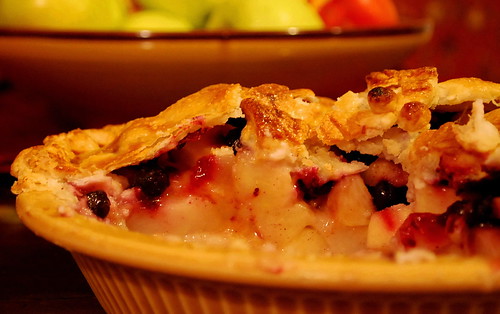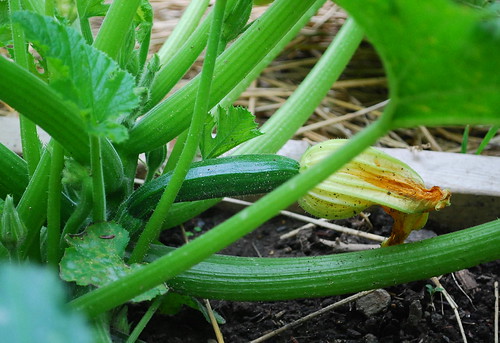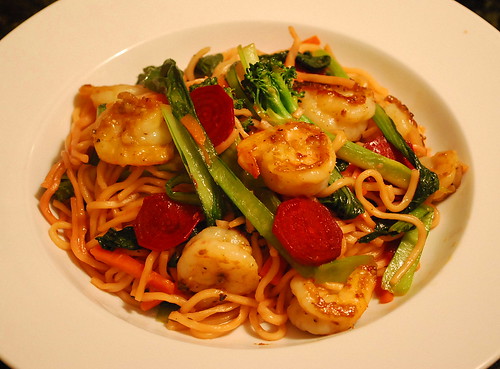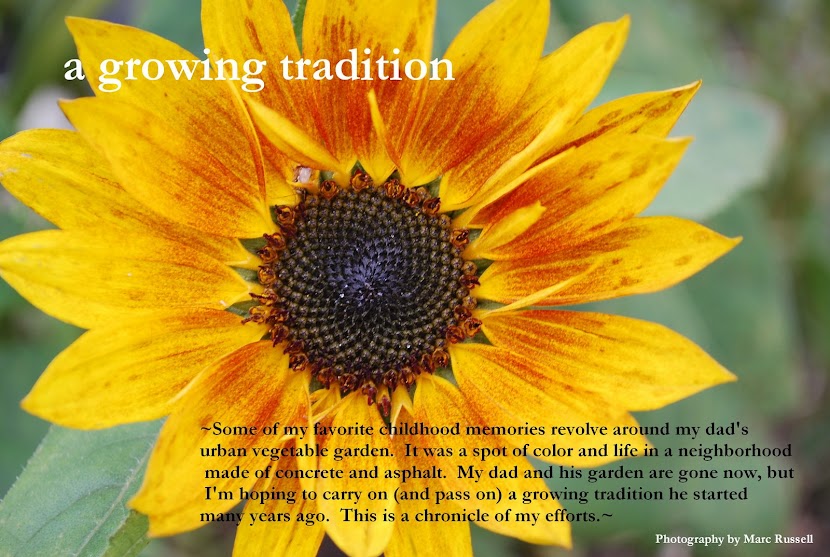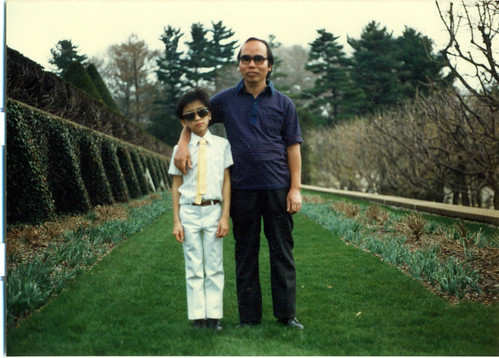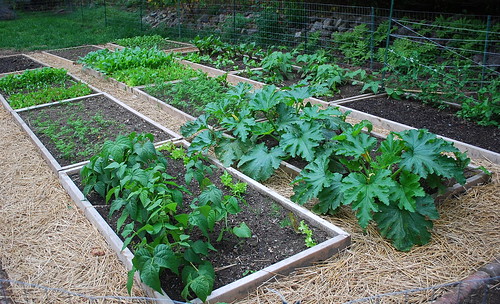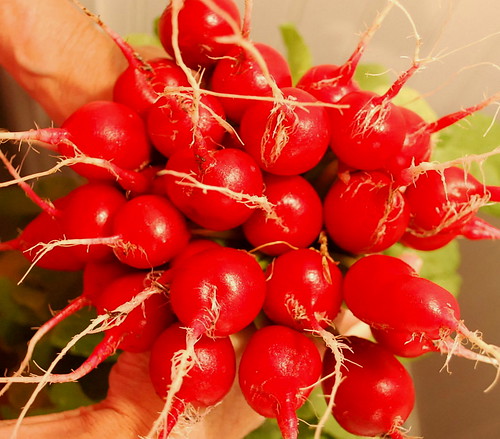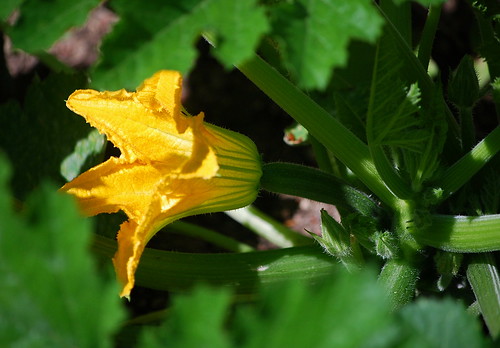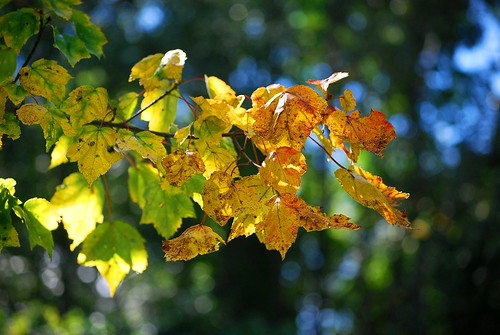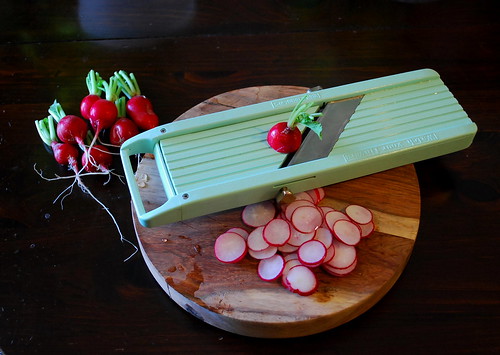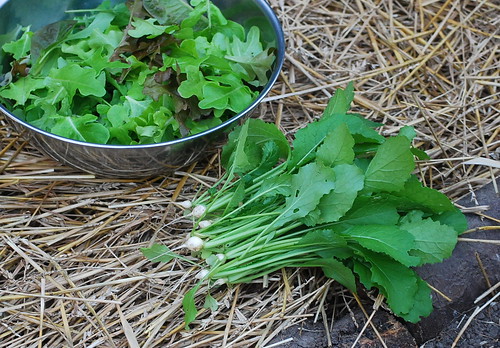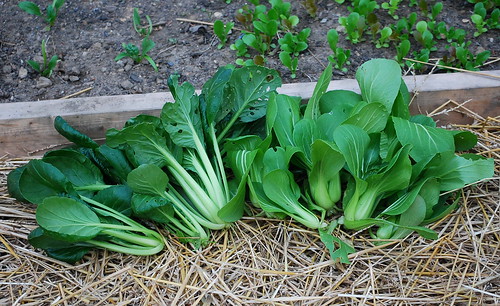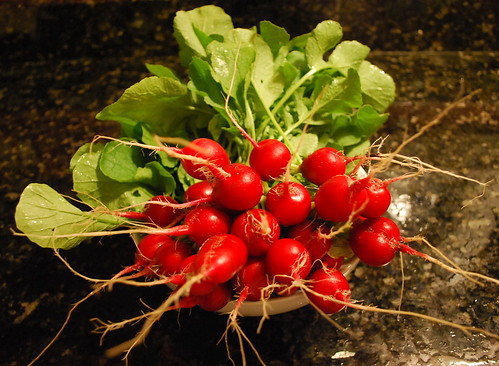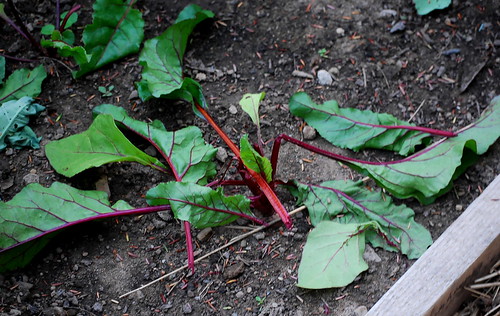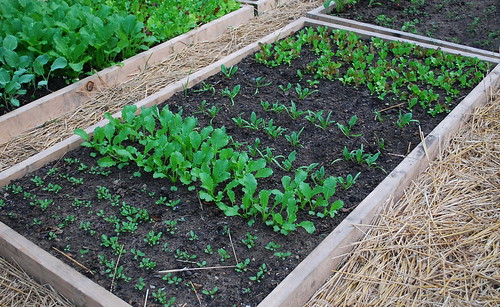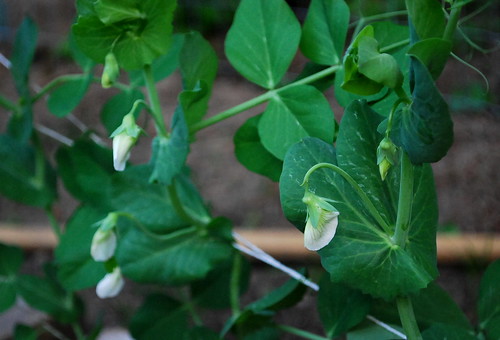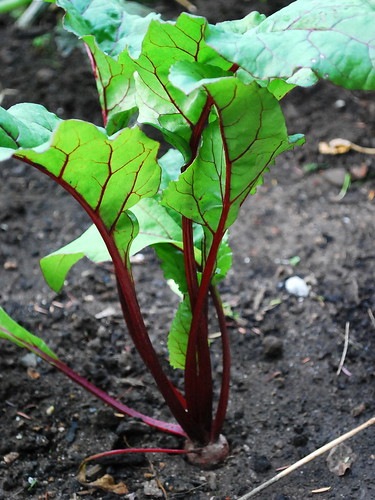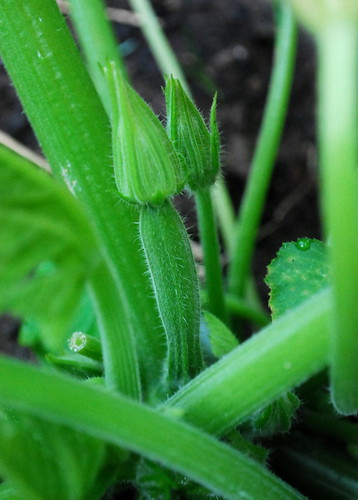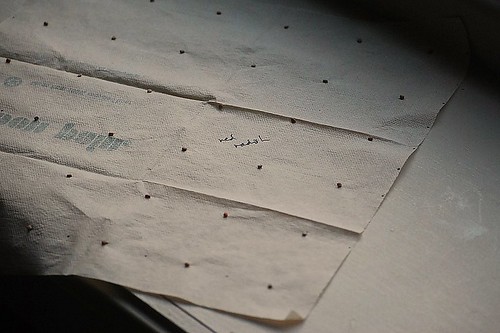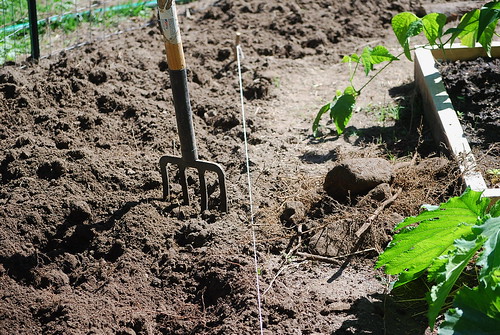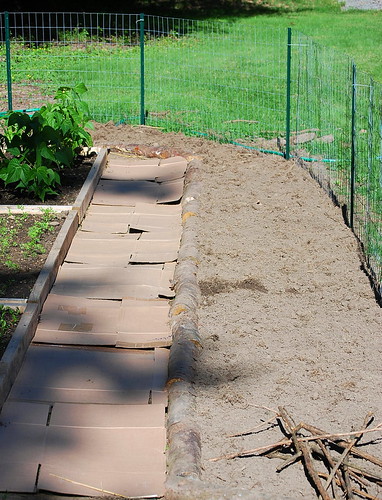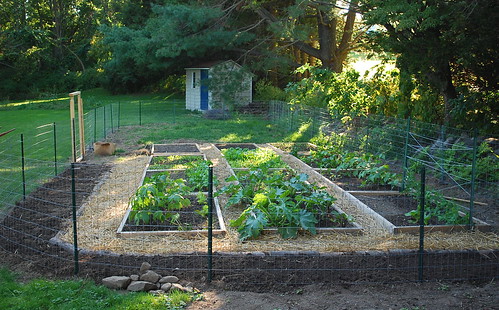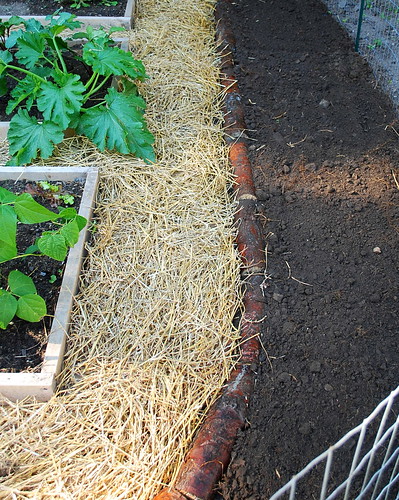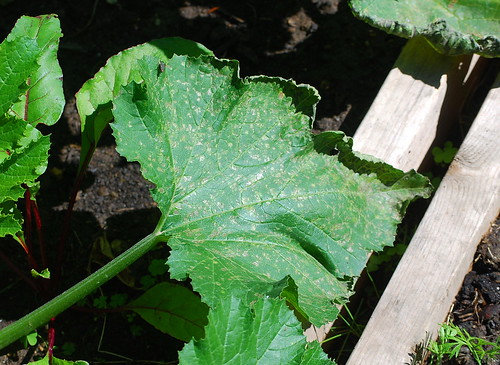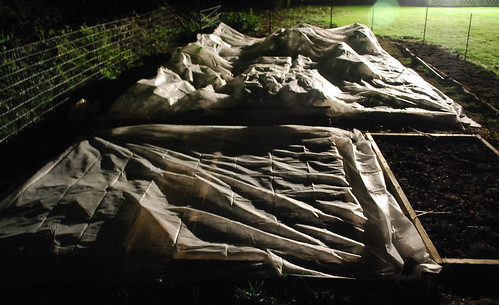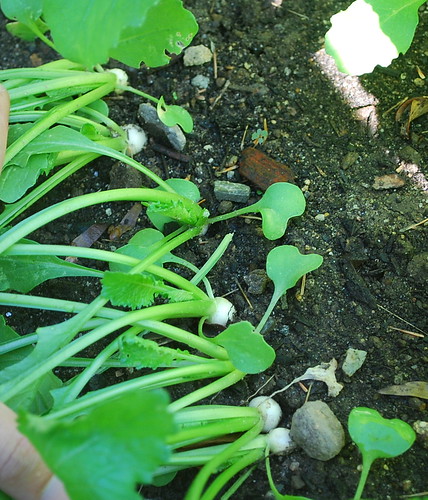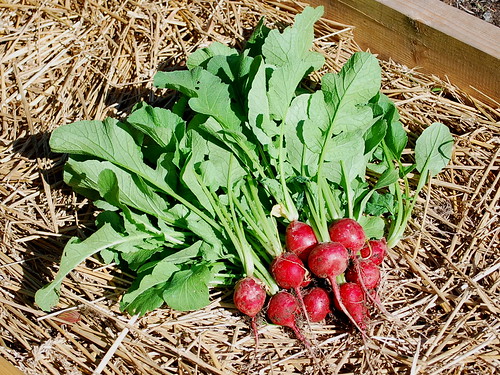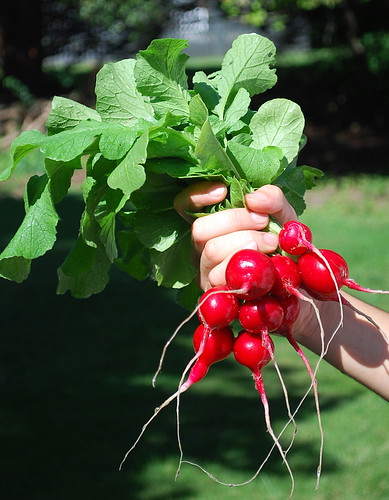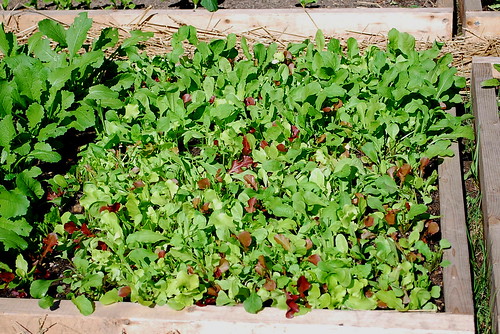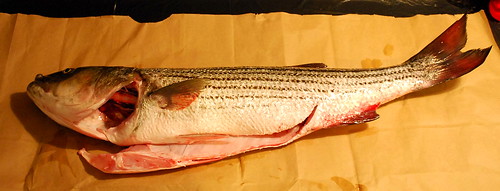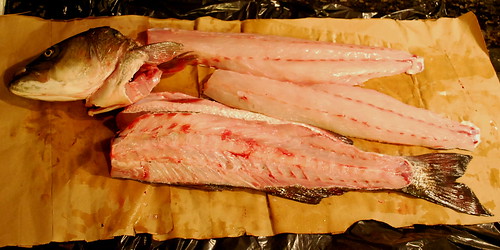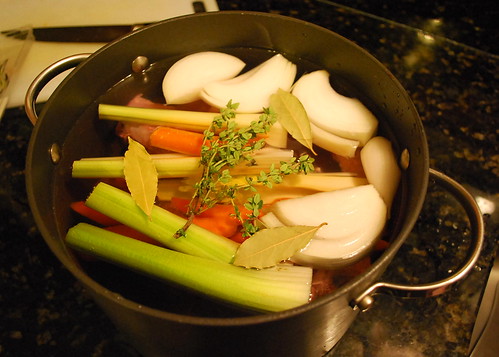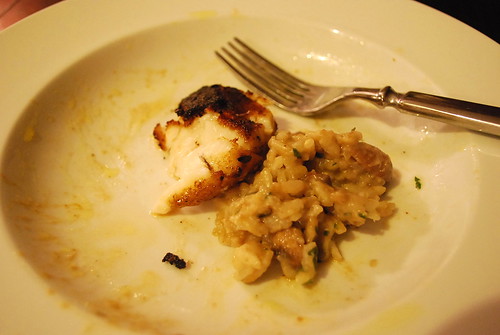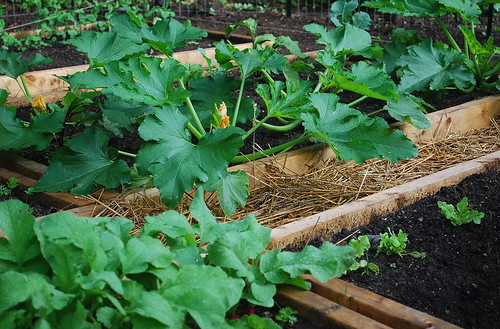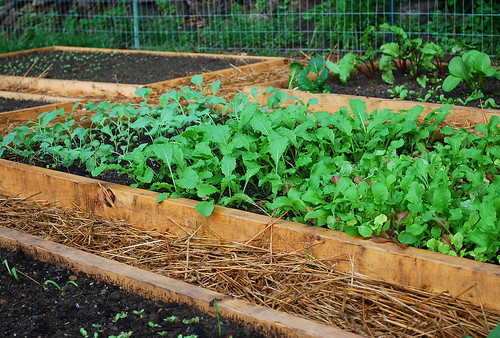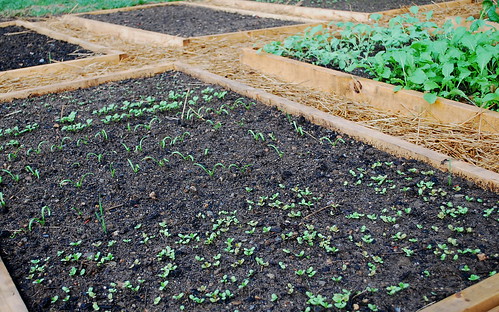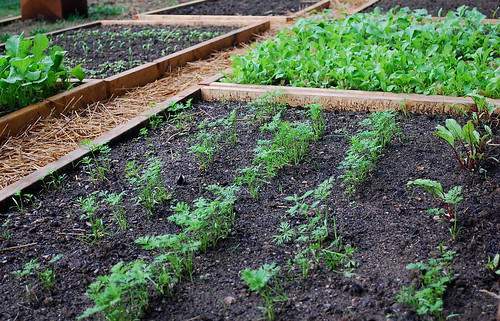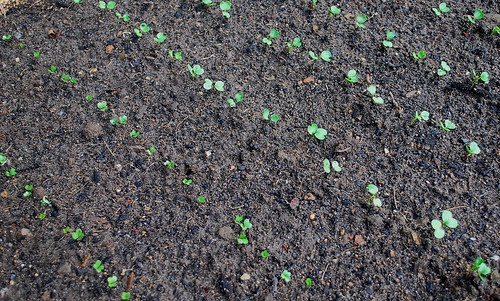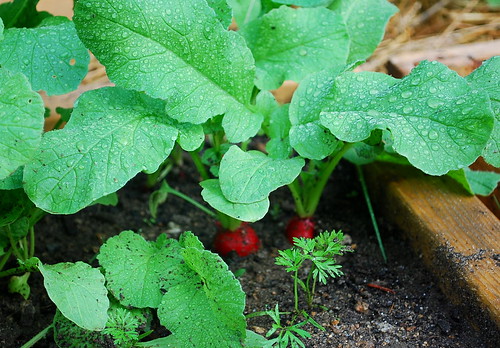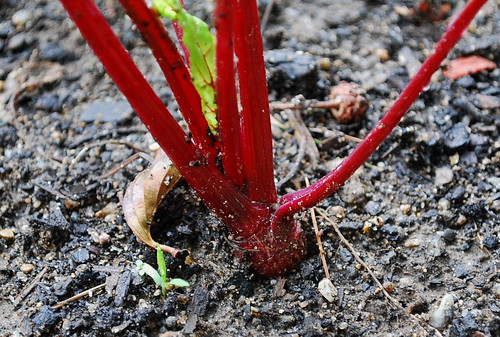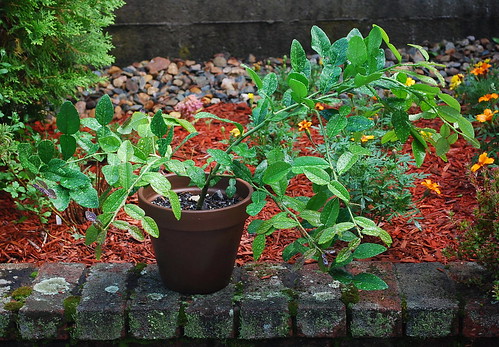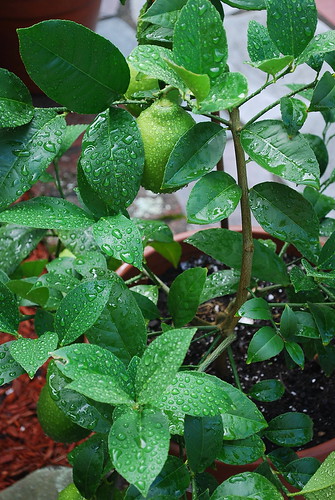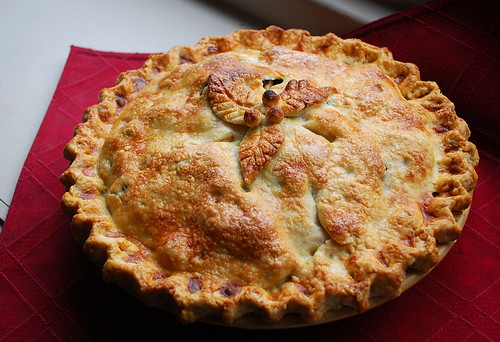
The Egyptians may have invented pie in 2000 B.C., but it wasn't until a couple hundred years ago that Americans began transforming this culinary wonder into an art form (no offense to my British friends). A lot has changed since the first pilgrims landed in the new world, but our passion for pie has remained constant, which is why to this day no Thanksgiving feast would be complete without one (or 10). In my opinion, few things are more traditionally American than pie. And although this country was built upon many different cultures, it's really "the pie" that binds us. (Bad joke.)
That being said, I rarely have time to bake these days (which is sadly a phenomenon even more ubiquitous in America than pie). Between the longer work commute, new house, growing family and new garden, there leaves little time for much else let alone baking pies. However, I try to make an exception during this time of year. You see, the last of the summer peaches are quickly disappearing from farmer's market shelves while the early varieties of pears and apples are just showing up. Therefore, there's only a narrow window of opportunity to make the local (and best tasting) version of what I like to call my
Autumn fruit pie, which highlights all three fruits. I've been making this pie for many years now and it still remains one of my all-time favorites. I hope you enjoy it too!
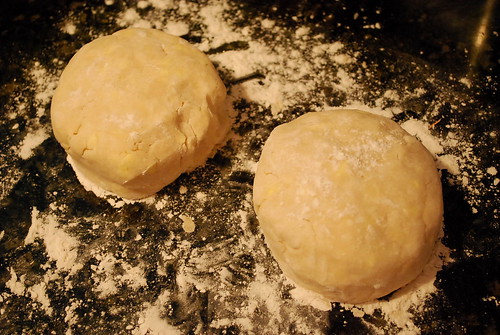
It's true what they say, a good pie recipe starts with a great crust. Here is one that has never let me down:
Perfect Pie Crust Recipe2 1/2 cups of all purpose flour
1 1/2 teaspoons of kosher salt
2/3
stick of unsalted butter (chilled and cut into 1/2 inch cubes)
3/4 cup of vegetable shortening (chilled and cut into 1/2 inch cubes)
1/2 cup of ice water
In a large shallow bowl, mix the flour and salt together. Using a pastry cutter/fork, incorporate the butter and shortening until the mixture resembles a coarse meal (you should still have rather large bits of butter and shortening when you're done). Slowly drizzle in the ice water and mix with a wooden spoon. Transfer the dough onto a floured work surface, and fold it together using your hands. The dough should come together easily but should not feel overly sticky. Cut the dough in half and shape into balls. Wrap each in cellophane and refrigerate for at least an hour.
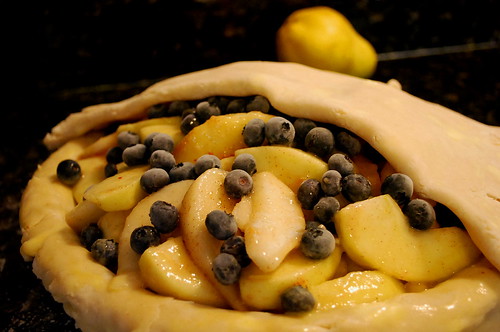
 Autumn Fruit Pie Filling Recipe
Autumn Fruit Pie Filling Recipe2 large peaches pealed, pitted and sliced
2 large pears pealed, cored and sliced
3-4 medium (or 3 large) apples pealed, cored and sliced
1 cup of blueberries or raspberries (fresh or frozen)
2/3 to 3/4 cup of sugar (depending on sweetness of fruit)
1 tablespoon of lemon juice
2-3 tablespoons of corn starch (depending on ripeness of fruit)
1/2 teaspoon of cinnamon
1/4 teaspoon of salt
grated zest of 1 small orange
Preheat the oven to 425 degrees F. Mix all ingredients together with your hands until the sugar and cornstarch are thoroughly distributed. Remove the dough one at a time from the refrigerator and roll each into a circle about 1/8 inch thick. Lay the first crust into a 9-inch pie pan and fill with the fruit mixture. Beat together 1 egg and 1 tablespoon of milk and brush the edges of the crust with some of this mixture. Place the second crust on top and lightly press along the edge of the pie pan to seal the two layers. Cut the edges of the crusts to within 1/2 to 1 inch of the pie pan and then fold the edge of the top crust over and under the edge of the bottom crust, pressing lightly as you do so. Cut 3 slits onto the top crust (to vent steam), brush with more egg mixture and spinkle some sugar on top. Bake at 425 for the first 30 minutes, then lower to 350 for another 20-30 minutes until a skewer inserted into the pie pierces fruit that is cooked yet still slightly firm. Cool for at least 2 hours before serving.
